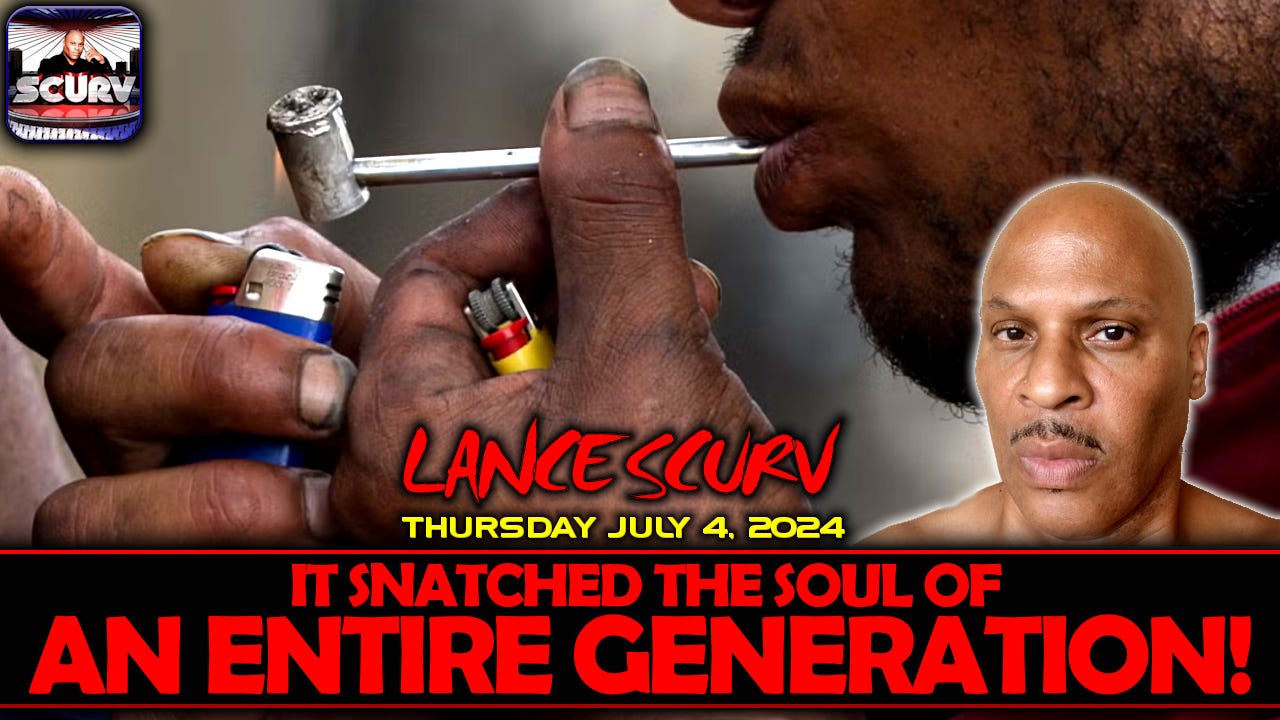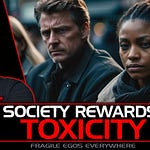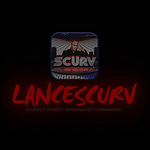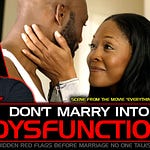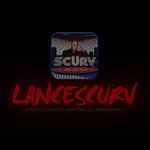The 1980s crack cocaine epidemic swept through New York City like a destructive storm, leaving devastation in its wake. While all five boroughs felt the impact, Southside Queens bore a uniquely harsh brunt of the epidemic. Growing up in this area during that tumultuous time, I witnessed firsthand the swift and deadly transformation that crack cocaine wrought on my community. What once felt like a vibrant, promising neighborhood rapidly descended into chaos, turning Southside Queens into what could only be described as a war zone.
The Onset of Despair
As the crack epidemic took hold, it seemed as though everyone was either smoking or selling the drug. The lines between user and dealer blurred, and regardless of which side one was on, the outcome was often the same: arrests, violence, and a community plunged into despair. Promising young lives were reduced to shadows of their former selves, roaming the streets at night, engaging in dangerous and degrading acts for a drug that held them in its unyielding grip.
Families were torn apart as loved ones became unrecognizable, their actions driven by an insatiable need for their next hit. Homes were stripped of valuables, family members manipulated and deceived, and the very essence of these individuals seemed to vanish. What remained were physical shells deteriorating rapidly under the weight of addiction.
A Community Under Siege
The impact on Southside Queens was profound. Areas like South Jamaica, South Ozone Park, Hollis, Cambria Heights, and Springfield Gardens were transformed from bustling, hopeful neighborhoods into desolate, dangerous territories. Abandoned homes and shuttered businesses became common sights. Streets once filled with the sounds of laughter and community now echoed with gunfire and cries of anguish.
Gun violence surged as turf wars erupted between rival drug gangs. The mental health of residents deteriorated under the constant threat of violence and the emotional toll of losing loved ones to addiction or incarceration. The spiritual and moral decay was palpable, as the epidemic sapped the very soul of the community.
The Hustles and Desperation
The lengths to which individuals would go to obtain crack were nothing short of astounding. Scams and hustles became everyday occurrences, born out of the desperation that addiction created. People would concoct elaborate schemes to get money, driven by a singular focus on obtaining the drug. This desperation, while impressive in its ingenuity, was tragic in its purpose.
Statistics and Reality
Statistics from the time paint a grim picture. In the late 1980s, New York City saw an explosion in both violent crime and drug-related arrests. In 1988 alone, there were over 5,000 homicides, many of them connected to the drug trade. Southside Queens was particularly hard-hit, with areas like South Jamaica seeing dramatic increases in crime and drug activity.
The Aftermath and Reflection
For those of us who lived through it, the crack epidemic left scars that never fully heal. It was a time of pervasive hopelessness and pain, a period when the very fabric of our community seemed to unravel. The sense of betrayal was deep, with many in the black community feeling that the epidemic was a deliberate attempt to destroy us, likened to a controlled demolition designed to bring down an entire structure.
A Cautionary Tale
As we reflect on this dark chapter, it is crucial to understand the full extent of what happened in Southside Queens and beyond. The crack cocaine epidemic was not just a drug crisis; it was a devastating assault on an entire generation. The lessons learned from this period must be carried forward to ensure that such devastation never occurs again. It is a story of loss, but also a cautionary tale, one that future generations must heed to prevent history from repeating itself.



